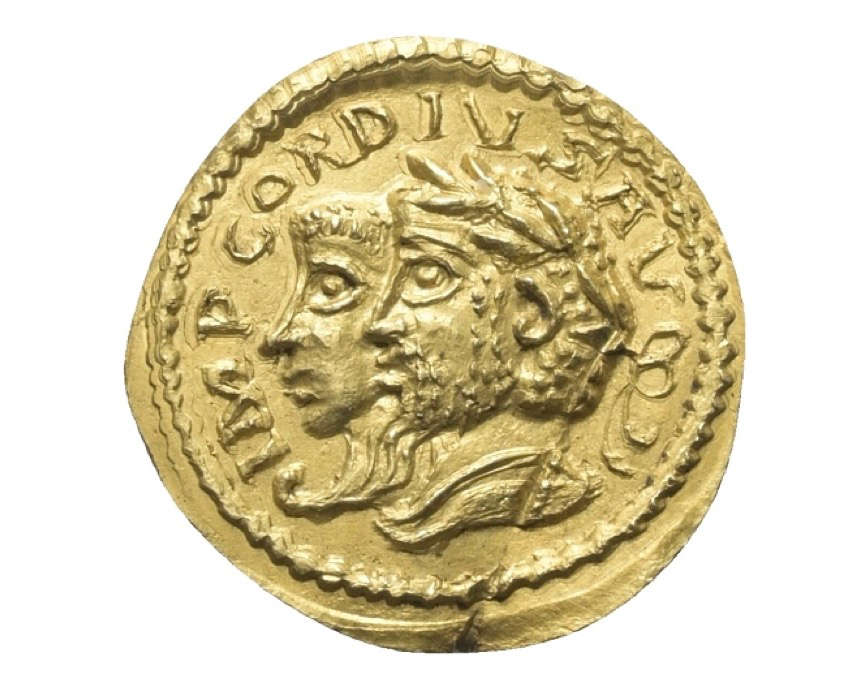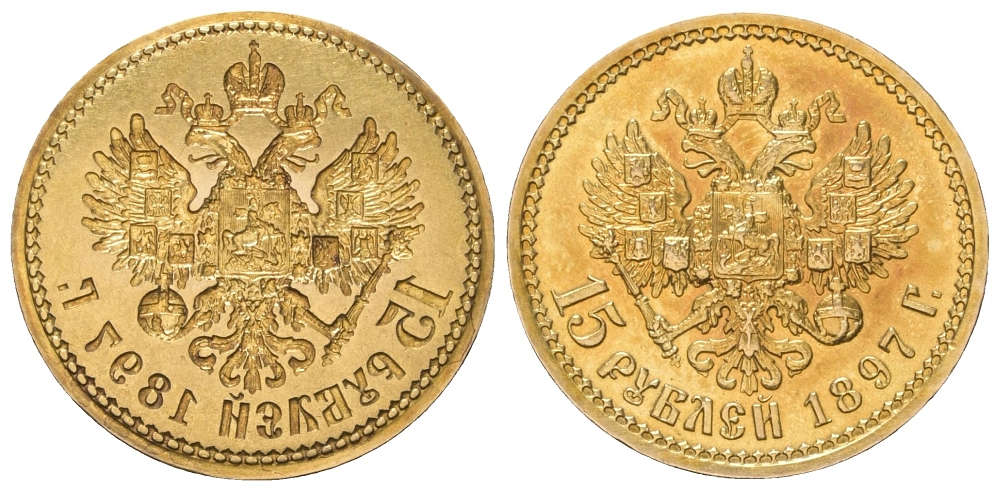Solidus Auction 129: Excellently Preserved Roman Provincial Coins and More
Solidus Numismatik e.K.
Auction 129
Coins
20. February 2024
Online
In the current auction 129, Solidus presents 475 attractive lots with numerous rarities. The auction begins with an extensive series of provincial Roman coins, mostly in excellent condition and with many rare pieces, including some unique and unpublished variants. Many pieces are being offered for the first time on the market. The second part includes coins from antiquity to modern times, also with several attractive rarities. At the end of the auction, interesting coin groups with very moderate estimates are offered. The auction will be held as a live auction on the auction platform AUEX on Tuesday, February 20, 2024 from 4:00 p.m. Preliminary bids can already be submitted.
The auction starts with a selection of 113 provincial Roman coins, which are characterized by many rarities and mostly exceptionally good conditions that are rarely on offer. The top pieces include: Lot 5 (Amaseia, Severus Alexander, city view with a hero building a wall), 12 (Laodicea on Lykos, time of Vespasian, Homonoia with Hierapolis, freshly minted splendid example, probably for the first time in the trade), lot 32 (Side, Domitian, city goddess, probably fifth piece in trade), lot 88 (Antioch, rare tetradrachm of Otho), lots 92, 93 and 95 (freshly minted, partly rare tetradrachms of Gordianus Pius., lot 102 (Emesa, Caracalla, bronze with view of the stone of Emesa in the temple) and 113 (Rhesaena, very rare tetradrachm of Caracalla).
Part 2 of the auction begins with Celtic coins, primarily from the Eastern Celtic area, followed by interesting imitations of Greek and Roman coins. Of these, an aureus from the Gordian group from the late 3rd century deserves special mention (lot 124), probably the second known example in incomparably better condition than the piece from the “Aurum Barbarorum Collection”. The imitation of a Centenionalis by Decentius (lot 126) is also an attractive piece for lovers of this collection area, but can be purchased much cheaper.

Lot 124: Aureus of Gordian-Group, late 3rd century A.D. – time around 300 A.D. Starting Price: 4,250 EUR.
Greek coins from the European territories come from Magna Graecia, the Black Sea region, Thrace, Macedonia, and Attica. Various coins of Greek cities and peripheral cultures of the Greek world in Asia Minor follow. A drachma from Terina (lot 130), a heavy cast bronze piece from Kerkinitis (lot 132) and a tetradrachm of Lysimachus (lot 139) deserve special mention. A large cast bronze from the Hadramaut comes from Arabia (lot 171). This is followed by denarii of the Roman Republic. The Roman imperial period begins with a selection of coins from the 1st – 3rd centuries made of silver and bronze. There are rare Aurei of Caracalla (lot 221) and Tetricus II (lot 227) from the third century. A gold-plated bronze quinar of Diocletian (lot 229) is also rare. There are several gold coins from late antiquity and Byzantium (lots 232 – 240), with a mint state and rare solidus of Aelia Eudoxia (lot 232) making the brilliant start.
The Middle Ages are represented with a small series of Brandenburg denarii, rare denarii from the Principality of Moldavia (Despot Voda, lot 249) and the first Piast duchy in Poland (Boleslaw II, lot 250) as well as a series of silver coins from the Principality of Wallachia. Among the German coins, some rarities from the Empire after 1871 are noteworthy: Lot 279 (Anhalt, 3 Mark 1914 celebrating the Silver Wedding, Proof), lot 281 (Saxony-Coburg-Gotha, 2 Mark 1911 – only a hundred copies minted) and lot 282, an extremely rare necessity coin from 1918 (10 Pfennig 1918 D, Jäger 298).
The German coins conclude with a series of attractive silver pieces from the Weimar Republic (lots 283 – 298). Among the coins of the Habsburg Dynasty and the Austrian Empire there is a Gulden (Kremnitz 1875) commemorating the achievement of the depth of 1000 meters in the Pribram mine.
The European coins include an interesting series of small Polish silver coins. There are two rarities from Russia: An incuse 15 ruble piece from 1997 with an imprint of the reverse on the obverse (lot 349). Furthermore, a one-sided test strike of the reverse of the 1912 ruble for the unveiling of the monument to Alexander III. on a copper “Klippe”. (Lot 350).
Some medals and Islamic coins end the single coin offering.
The last section of the auction is made up of interesting coin groups with very moderate estimate prices.








